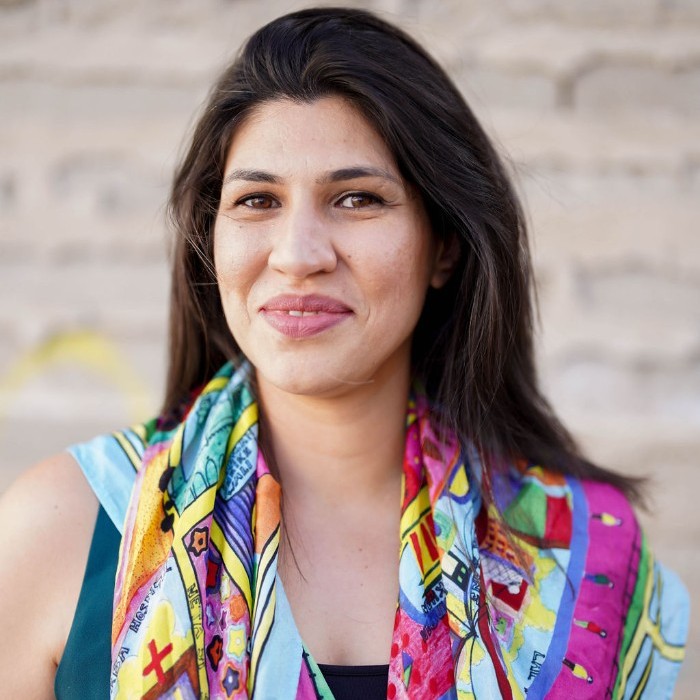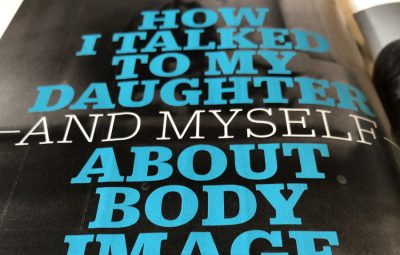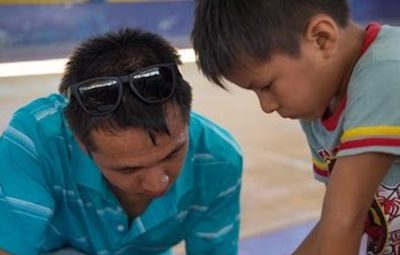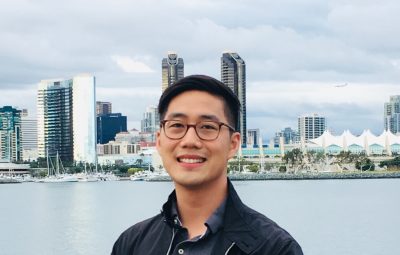If the COVID-19 pandemic has taught us anything, it’s that our communities are more important than ever. The pandemic has changed the ways in which we experience and perceive community—sometimes even causing us to feel that it has vanished. The past two years have been an uncertain time for those involved in the arts, with many creative professionals being impacted by dwindling audiences and interest. Nazima Ahmad, a Designer-in-Residence at The Design Lab, noticed the crumbling connection between artists and consumers and sought to find a way to mend it. Working with fellow designer Michelle Hoogenhout, the two were able to come up with City Canvas, a concept developed in collaboration with the Arts and Commission Department of the City of San Diego that won the 2020 SCALE San Diego Urban Innovation Challenge that works to make connecting with local artists easier for San Diego residents.
“Working with the city on that project was all-around trying to figure out how to promote the creative economy of San Diego,” says Ahmad of the goal of the project. Not only was the project a great success at Design Week, but it is also what led Ahmad to The Design Lab.
“That’s where the real connection happened with The Design Lab,” says Ahmad, “Michèle Morris [Associate Director of the UC San Diego Design Lab]was on the conversation when I was presenting… and that’s sort of where [it] connected for us, how Design Lab and I could figure out a way to maybe promote and engage the art and design community further.” Providing a real-life example of the ways in which the Design Lab works to bring together problem solvers with communities to enrich the human experience.
In the time we spent speaking with Ahmad, one word continued to find its way into our conversation: “community.” It became clear that whatever the project was, people are always at the center of what Ahmad does. Even when working with corporations as big as HBO or Comedy Central, her underlying approach “has never changed, [it’s] always been people-driven.” She expands on this, noting that her work with corporations might have a different meaning or a different outcome from that of her work with the city, but the goal is ultimately to make people’s lives easier and better.

“I like to think that as I progress in my life, I’m having a more positive impact on people, and that’s the change that I would like to see happen,” says Ahmad, “and just having more of an impact that is important to people’s daily lives as opposed to just another revenue stream.”
It makes sense, then, that Ahmad would be a strong supporter of the World Design Capital Bid that saw not only San Diego, but also its southern neighbor Tijuana, named the World Design Capital for 2024. The naming of the two cities is a significant step forward, as it not only marks the United States’ first Design Capital, but also the first bi-national, regional effort in obtaining the title.
“I don’t know if I look at it as a regionality thing or a nationality thing, but more so as a community thing,” Ahmad said when asked about the regional nature of the title and bid effort. “The mindset that we’re trying to change is exactly that […] it’s not about the place, so to speak, but more about the people. When the people have a shared history, language and culture, the borders become arbitrary. If we start thinking about it in those terms, then perhaps we can start to apply that across other border relations, and really focus on what the needs are for the people and the community itself.”
It seems fitting that Ahmad’s attention would drift towards the people involved, and not necessarily the place (or places) in which the events are unfolding. As a British-born Pakistani woman who has lived, studied, and taught in the United Arab Emirates and the United States, attachment to place seems to be ephemeral.
Ahmad is not sure what her future looks like, only that design will continue to play an important role in it. “I don’t know what the future holds, to be honest,” she confesses. “I do know that I’m continuing on with the Design Forward Alliance. I’m a big believer in advocating for design and bringing that to the forefront for the community, so I’ll continue to do that.”
For now, though, she makes it clear that “all efforts are on the World Design Capital.” Ahmad has also taken a position at HP as a Product Design Expert in the past year and has continued working on City Canvas since its debut at the 2020 San Diego Design Week. We may not know what the future holds for San Diego, but with community-oriented designers like Ahmad at the helm, the city is sure to make history.






